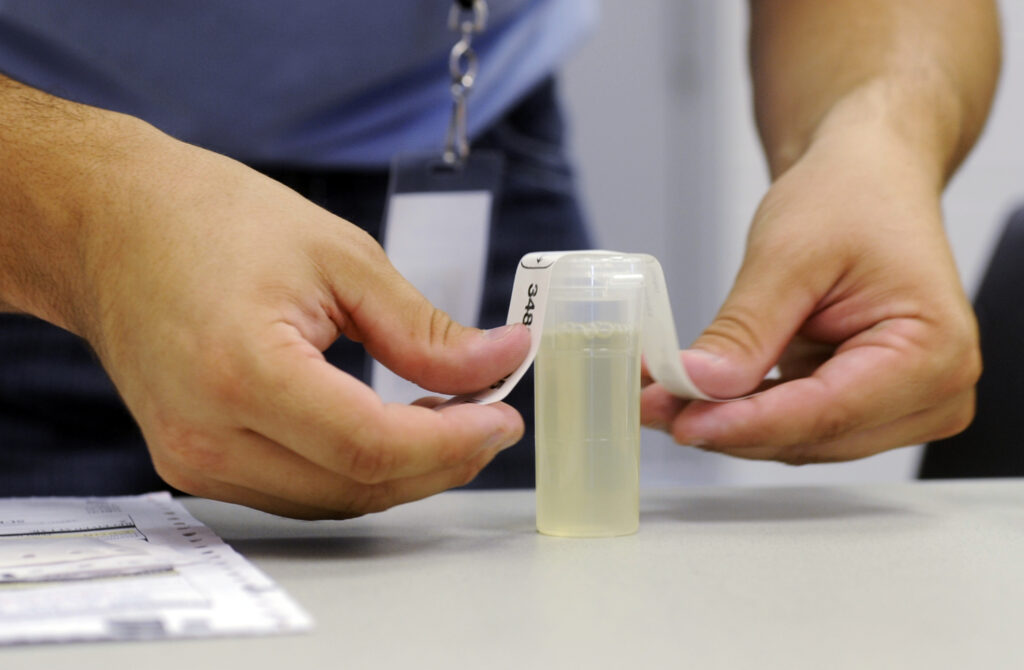The idea of synthetic urine, from the outset, could appear to be quite astounding. In any case, when one digs into the careful science and the demanding system engaged with its creation, it turns into an entrancing subject. The accuracy, specialised skill, and creative methodology expected to figure out synthetic urine that precisely impersonates its normal partner are genuinely vital. The narrative of synthetic urine starts with understanding the critical parts of normal human urine. Ordinarily, human urine comprises 91–96% water, with the rest being a perplexing mix of different parts, including urea, creatinine, uric acid, sodium, chloride, and other inorganic and natural mixtures. These fixings have a necessary impact in guaranteeing that the Fake Pee item impersonates the compound, physical, and even aesthetic parts of human urine.

The foundation of synthetic urine’s composition contains water, creatinine, urea, and uric acid. Urea and uric corrosive, nitrogenous by-products in people give the fundamental ‘urinary’ qualities to the synthetic urine. Creatinine, another side effect produced by muscle digestion, is another key fixing given its reliable presence in human urine. Sodium and chloride are incorporated to imitate the salt substance, and extra parts like potassium and phosphate might be added to further improve authenticity. Creating synthetic urine that really reflects human urine includes something beyond consolidating these fixings. The pH levels and explicit gravity, two pivotal boundaries of human urine, should be precisely repeated to guarantee synthetic urine’s authenticity. Human urine, by and large, has a pH range somewhere in the range of 4.8 and 8, and this is reflected in the development of synthetic urine. The particular gravity, which connects with the thickness of urine compared with water, is another urgent element. These boundaries are painstakingly controlled during creation to guarantee the synthetic urine intently matches human urine.
Temperature likewise plays a crucial role in the creation of Fake Pee, as human urine is regularly warm because of body heat. Consequently, synthetic urine should be warmed to precisely recreate this trademark. Some top-notch synthetic urine units accompany warming cushions or components to keep up with the right temperature, thereby improving the authenticity of the synthetic item. Generally speaking, the composition and creation of synthetic urine are demonstrations of the wonders of present-day science. The cycle requires an itemised understanding of human physiology, skill in substance definition, and a careful way to deal with creation. It is a reasonable showing of how logical information can prompt the improvement of creative items that serve various applications across different fields.


